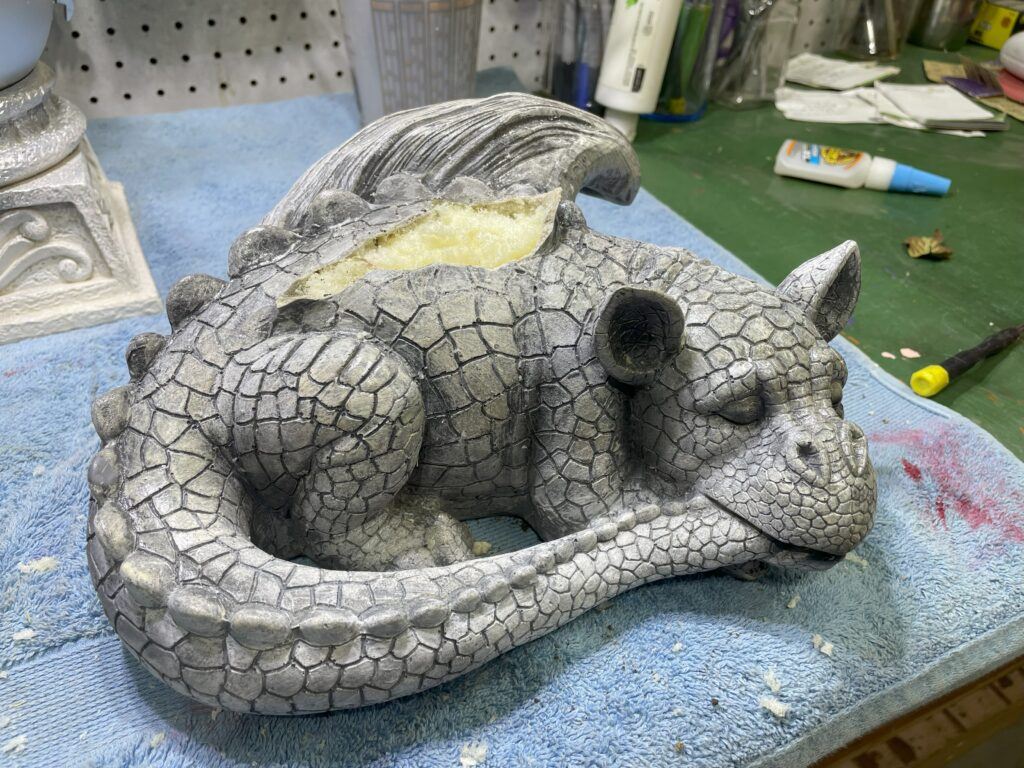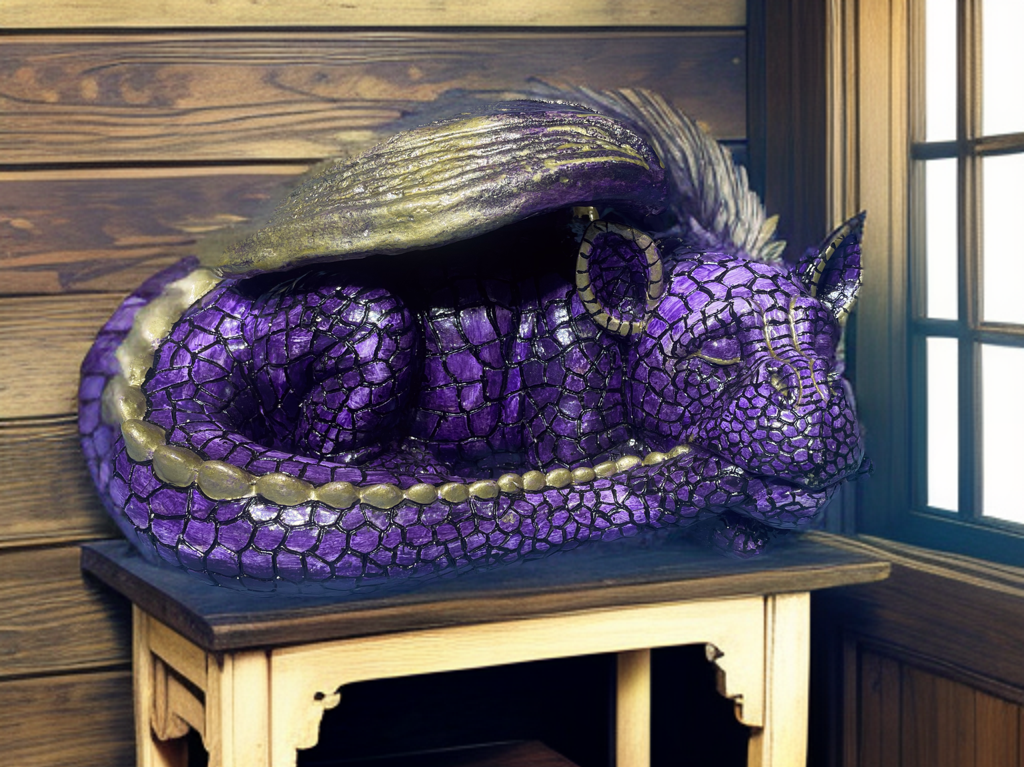Restoring old garden statues is like bringing a piece of art back to life. Understanding the level of damage is the first step. Look for cracks, moss build-up, or any loose parts. These observations guide you in choosing the best restoration approach.
Cleaning these statues properly is crucial. Use a soft brush and mild detergent to remove dirt and moss without damaging the surface. Avoid harsh chemicals that might cause more harm. A pressure washer can be useful but handle it with care, keeping the pressure low.
Different materials demand different care. Stone, metal, and concrete statues have unique needs. For concrete, patching compounds work well for filling cracks. Stone statues might need specialized stone filler.
For repairs, products like epoxy resins are a godsend. They’re great for fixing cracks or broken pieces, providing a strong bond once set. Make sure to read instructions to ensure a durable repair.
Stabilizing is where many stumble. A wobbly statue isn’t just unstable, it’s a hazard. Create a solid base using gravel or sand beneath the statue to keep it steady. Adding a hidden metal rod can provide extra support, anchoring it firmly in place.
While DIY restoration is fun and fulfilling, sometimes professional touch is needed, especially for valuable or severely damaged pieces. They bring skills and tools that can save an otherwise mutilated statue.
Finally, regular maintenance is key. Apply protective sealants to ward off future damage, and schedule periodic cleanings to keep them looking fresh year after year. A little TLC goes a long way in preserving these outdoor treasures.



-Yes, I did see your post all the way.
I did not realize that statue restoration/preservation was so difficult; making sure that there’s no cracks or anything is important in order to maintain its structure/shape.
-You can use concrete or you can use epoxies depending on the medium; whatever fills in the gaps to keep it from crumbling.
-Interesting; best,
ALEJANDRO G.